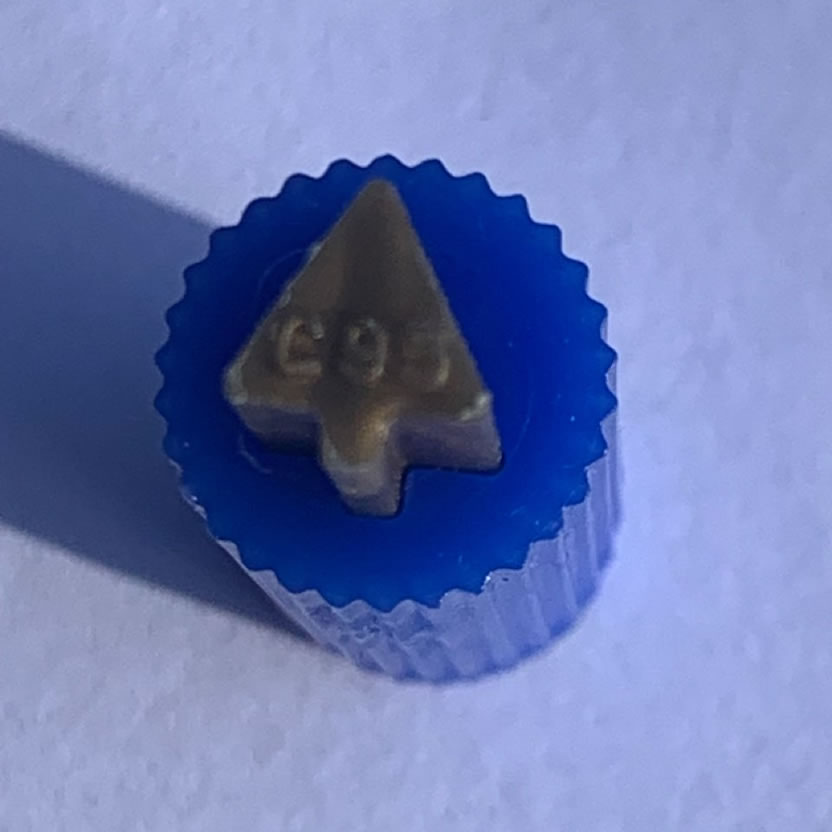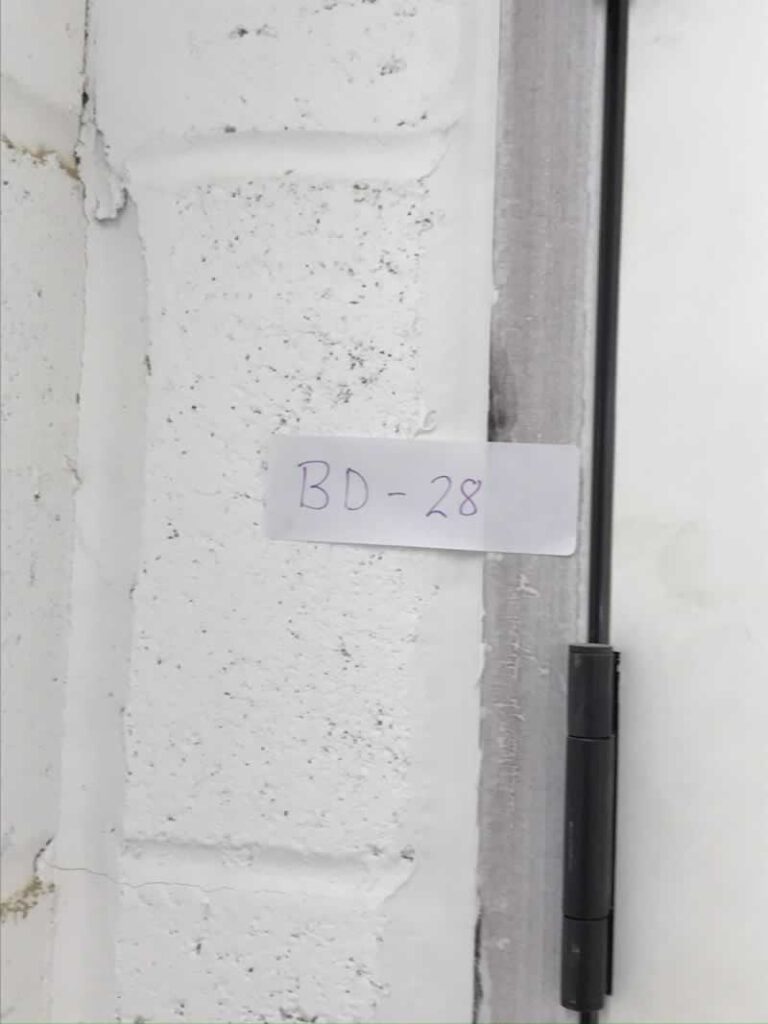Open the door, look at the inside of the door, the surface that touches the wall when the door is closed. Near the hinge, you should find a label and a little round yellow or blue plug with a tree shape metal insert. The metal tree will have an embossed three character number on it. The number will be registered to a certified fire door installer.
The door must be fire stopped, remove the architrave. There must be absolutely no gap between the wall and door. If there is a gap the fire door is rendered useless as a fire can jump through the gap.
The two most common categories of fire doors are FD30 and FD60 fire doors, which offer 30 and 60 minutes of fire protection respectively. However, their effectiveness can be compromised if they are incorrectly installed.
The door must only be installed on walls with at least 30-minute fire resistance.
The walls must be brick, blockwork, timber or steel stud all of a minimum 85mm thickness.
Look for the “Certifire” label on the top of the door leaf to show that the door is independently 3rd party certified as a fire door and closely follow these installation instructions.
The Certifire label on the top of the door leaf must not be removed.
Essential Ironmongery such as locks, latches, closers and hinges MUST NOT be changed.
Modifying the door in any way is not allowed.
The gap between the leaf and frame when closed should be no greater than 5mm and no less than 3mm.
Check for any intumescent seals around the door or frame and ensure they are intact.
Check that the closer shuts the door onto the latch from any position.


